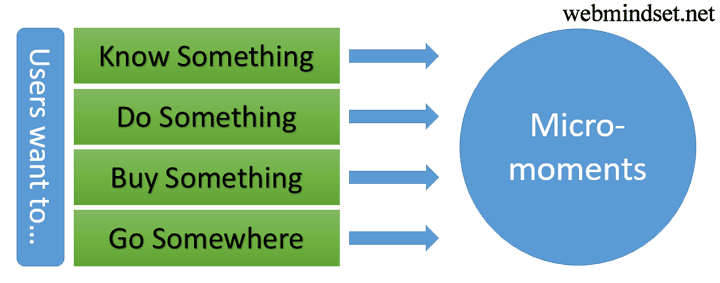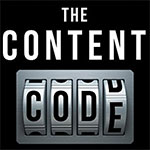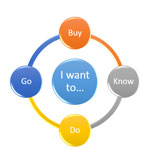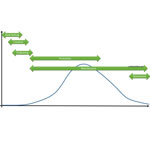Definition of Landing Page Experience (LPE)
Landing page experience refers to the experience of the users when they land on a page after clicking a link in SERPs or Ads or social media posts.
Part of this experience is cognitive (rational evaluation), and the other part will be inevitably affective (how they feel about the page).
Guidelines for Improving Landing Page Experience
The best way to improve landing page experience is getting more acquainted with different dimensions of this concept.
Although Google Adwords program have provided a few guidelines for the improving the landing page experience, it’s not hard to draw a list by your own. As we have landed on many pages in our online life, and we are already easily able to judge the quality of a landing page.
Here I have prepared a list of the various aspects of the landing page experience:
Landing Page Relevance
- Is the content relevant to the proposed description? Users have found your URL somewhere on the internet via SERPs, social media posts, Banners, OTT messages, internal links, etc. Does the description (Ad content, Anchor text, Meta Description, or whatsoever) fit to what user finds on your page?
- The right degree of specificness: If I have searched for specification of Mercedes cars, I’m not interested in knowing about other cars (More general content) as well as Mercedes E-series (More specific content). The right degree of specificness is a very important predictive indicator of the user satisfaction with the page.
- Interests and needs of target persona: Trying to satisfy everybody, most probably would lead to making everybody dissatisfied. Therefore you have to decide who are your target personas and make sure that your content fits their needs and interests.
Content Usefulness
Does your content provide any value for the visitor? As Google proposes in the micro-moment concept, your page has to help the user in one of the following directions. If you do not fulfill at least on the following desires, the ultimate landing page experience would not be achieved, even though you do your best in content creation and web page design.
Content Originality
Excluding users who are totally unfamiliar with the topic, your visitors have already some experiences and expectations from your page based on the previously visited pages. You will be able to delight the users if and only if you go beyond their expectation. The Originality of the content is one of the great solutions to this challenge.
Landing Page Freshness
No one wants to read an outdated content (except historical researchers of course). Freshness has two different aspects:
- The freshness of the content: Let’s suppose that I reach to a page titled the latest books on content marketing and the most recent book in the list belongs to 2010. It would definitely ruin my experience. Therefore providing the user with the latest relevant information on the topic would be an important aspect of the freshness.
- The freshness of the context: Now, let’s consider another case. I am looking for a definition of the meme. One of the most reliable sources for the definition of the term is Susan Blackmore’s brilliant book called The meme machine.
The book is originally published on 2000 and for someone who is not professional in the field, would probably feel that they have reached an outdated page. So you may start with the definition of the term and continue with the position of the Susan Blackmore in the field. Then the reader would be impressed to know that such a wise definition has been proposed about two or three decades ago. - Using evergreen content is another key to providing a feeling of freshness for the visitors.
Transparency of Intent
Most of the pages are not designed with a single intent in mind. You are trying to provide the user with some useful content. By the way, you are trying to convince them to subscribe to your mailing list. Furthermore, you have some Google Ads on the side hoping that they click on it and you earn a few cents. Below the page you have some sponsored links or affiliated links which you wish the click them.
Transparency means letting users know these intents. With such a definition, there could be rich guidelines and a long list of recommendations for transparency improvement. Here are just a few points:
- Let the visitors know who you are and where they are.
- Let them know your business or the raison d’être of the page
- Don’t ask them to subscribe to your mailing list before providing them with some value and telling them what they will receive after registration
- Distinguish between the core content and contextual content (related links, sponsored links, Affiliated Links, Call-To-Actions, etc.).
Page Structure
Using H1 and H2 tags and bullet lists and bold fonts and graphics are said to be helpful for receiving better SEO ranks. Sure it’s correct. But not because google counts the tags and bullets.
The main reason behind formatting is ease of reading and improving the reading experience.
Improved reading experience leads to more stay time and reduces bounce rate and automatically the google learning machine would learn that you are the right solution for the user query.
Ease of Navigation
Navigation has two different aspects: inside your page and through your website. As mobile visitors are an important segment of the visitors, you have to consider navigation issue in desktop and mobile devices as separate topics. None of them should cast shadows on the other one.
Page Loading Time
Loading time is a very important component of the experience. Actually, a long loading time would tempt the users to leave your page even without opening it completely. Part of the bounce rate of a URL can be a consequence of slowness in the loading of the page.
Stay Time
All the above factors would somehow influence the stay time. So you might consider stay time as a dependent variable and not an independent one. However, besides all the above-mentioned factors, the length of the content itself can influence the stay time and it seems reasonable to consider stay time as an indicator of the landing page experience.
Related Links:
Google Landing Page Guidelines (for Adwords)
100 of the best landing page templates (provided by Instapage)







